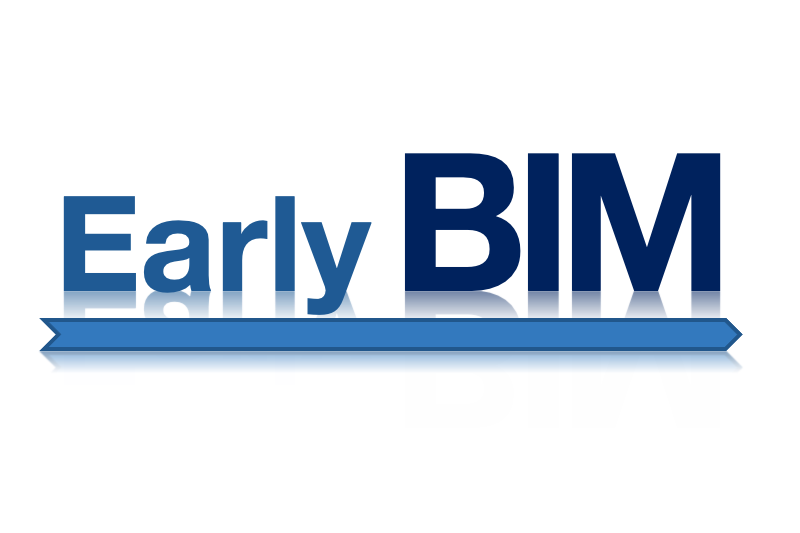Background
The design and planning of buildings or building complexes are based on the requirements of the clients, given framework as well as constraints of technical and financial possibilities. In combination with architectural creativity, this leads to variants of building designs.
To find the optimal design, different variants are elaborated, examined and evaluated. In doing so, experience from completed projects with similar challenges is taken into consideration. However, the existing design templates can be recycled only by the experts and planners, since it depends on the personal experience. In general, access to other people's building designs or variants occurs through the personal exchange of experience and is not usually done systematically. It is essential that a wide range of experiences can be used since the investigation of different variants usually has significant effects on later planning steps. This is especially apparent in the early design phases.
During the first phase, concepts for the description of different variant classes for digital building models were developed. These include structural, functional, and product variants. Based on this typification, a data model for managing variants with minimal redundancy was developed. The focus of the second phase is the better use and reuse of variants once created for similar building designs (see Fig. 1).
Goals and methods
In the second phase, a knowledge base is developed to store the different design variants systematically and in a reusable way. Thereby, methods of case-based reasoning are implemented. Based on an evaluation of similarities, further variants are selected which can be adopted for the present building design considering defined framework conditions (see Fig. 2). To enable a search for similar designs, an investigation and extension of different graph matching methods are conducted, that perform pattern recognition in graph structures. For this purpose, the existing graphs are decomposed into meaningful subgraphs with respect to their variants and to enable the efficient evaluation of similarities. To be more precise, subgraphs are evaluated for certain properties regarding their similarity. Similar subgraphs can then be adopted for the current design. For this purpose, the corresponding building variants are determined from the subgraphs. These are adapted and integrated into the current design. The new variants can then be evaluated.

Title:
FOR 2363 - Phase 2
Type:
Research Groups
Project owner:
Deutsche Forschungsgemeinschaft (DFG)
Website:
https://for2363.blogs.ruhr-uni-bochum.de/
Team:
Project partners:
Publications:
https://for2363.blogs.ruhr-uni-bochum.de/de/publikationen/